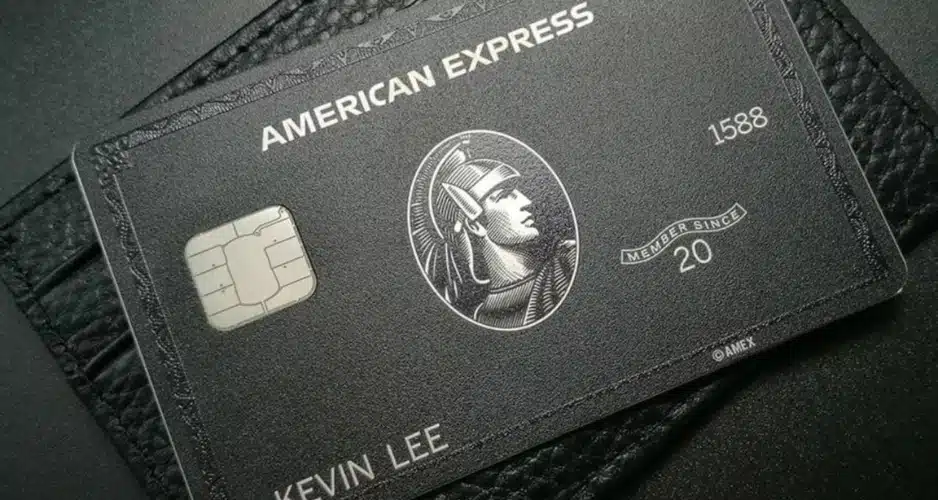Understanding Cryptocurrency & Blockchain: The Digital Revolution Explained
Understanding Cryptocurrency & Blockchain: The Digital Revolution Explained
In today’s digital-first world, two terms are transforming how we think about money and trust: cryptocurrency and blockchain. While often used interchangeably, they are not the same—and understanding the difference can unlock powerful insights into the future of finance, business, and technology.
This guide breaks it all down clearly: how blockchain powers cryptocurrency, why it matters, and what it means for everyday users and investors alike.
1. What is Blockchain?

Blockchain is a decentralized digital ledger technology. It stores data across a network of computers in a secure, transparent, and tamper-proof way.
Key Features:
-
Distributed: No single authority controls the data.
-
Immutable: Once data is recorded, it can’t be altered or deleted.
-
Transparent: Anyone on the network can verify transactions.
-
Secure: Uses cryptography to protect data and ensure trust..
2. What is Cryptocurrency?

Cryptocurrency is a type of digital or virtual currency that uses blockchain technology to operate. It allows for peer-to-peer transactions without needing a bank or middleman.
Key Features:
-
Decentralized: Not issued or controlled by governments or banks.
-
Encrypted: Uses cryptography for secure transactions.
-
Limited Supply: Most have a fixed total supply (e.g., 21 million Bitcoin).
-
Tradable: Can be exchanged on crypto exchanges like Binance or Coinbase.
What’s the Difference Between Cryptocurrency and Blockchain?
Think of cryptocurrency as the digital money and blockchain as the technology behind it. One wouldn’t exist without the other.
-
Blockchain is a decentralized, secure, and immutable database—like a digital ledger—that records transactions across a distributed network.
-
Cryptocurrency is a digital asset (like Bitcoin or Ethereum) that operates on blockchain networks, enabling peer-to-peer transactions without middlemen like banks.
In short, blockchain is the infrastructure. Cryptocurrency is the application.
How Blockchain Powers Cryptocurrencies
Cryptocurrencies work through a decentralized consensus system. Here’s how it functions:
-
A user initiates a transaction.
-
The transaction is verified by network nodes.
-
It is added to a block.
-
That block is linked to previous ones—forming the blockchain.
All this happens without a central authority. The system uses cryptographic algorithms to ensure trust and accuracy, which makes fraud or tampering nearly impossible.
Why Blockchain Technology Matters Beyond Crypto
Blockchain has evolved far beyond digital coins. It’s now being adopted in industries like:
-
Banking: For faster, transparent cross-border payments.
-
Healthcare: To securely share and store medical records.
-
Supply Chains: To trace the origin and movement of goods.
-
Voting Systems: To prevent fraud in digital elections.
-
Digital Identity: Giving users control over their personal data.
1. Enhanced Data Security & Integrity
Blockchain uses cryptographic hashing and a decentralized structure to store data across multiple nodes, making it nearly impossible to hack or alter.
Use Cases:
-
Healthcare: Secure patient records and enable instant sharing between authorized providers.
-
Government: Protect voter data and reduce the risk of election fraud.
2. Transparency in Supply Chain Management
Blockchain allows every transaction or movement of goods to be recorded in real time and made visible to all stakeholders.
Use Cases:
-
Food industry: Track produce from farm to store shelf to verify freshness and origin.
-
Luxury goods: Prevent counterfeiting by verifying authenticity through transparent records.
3. Smart Contracts: Automating Trust
A smart contract is a self-executing agreement written in code that runs on the blockchain. It automatically triggers actions when predefined conditions are met—without intermediaries.
Use Cases:
-
Real estate: Automate property transfers and payments.
-
Insurance: Streamline claims processing with fewer delays and disputes.
4. Decentralized Finance (DeFi)
DeFi expands traditional financial services—like lending, borrowing, and trading—by using blockchain to remove banks and brokers.
Use Cases:
-
Lending platforms: Users earn interest or borrow directly from other users.
-
Stablecoins: Crypto assets pegged to real-world currencies, used for global payments.
5. Transparent Voting Systems
Blockchain can help create tamper-proof, auditable, and anonymous voting systems that increase public trust.
Use Cases:
-
Government elections
-
Corporate shareholder voting
6. Digital Identity Management
Blockchain can store verified digital identities securely and give individuals control over their personal data.
Use Cases:
-
Border control and passports
-
Bank KYC (Know Your Customer) processes
7. Sustainability & Environmental Monitoring
Blockchain can track energy usage and carbon emissions to promote greener practices and honest reporting.
Use Cases:
-
Carbon credit tracking
-
Renewable energy certificates
-
Why People Invest in Cryptocurrency
Beyond using it for payments, people invest in cryptocurrency for:
-
High Growth Potential: Bitcoin grew from $0.08 to over $60,000.
-
Portfolio Diversification: Digital assets behave differently from stocks and bonds.
-
Decentralized Control: No government can print or manipulate Bitcoin.
-
Inflation Hedge: Some view crypto as protection against fiat currency devaluation.
But it’s not risk-free. Crypto prices are highly volatile, and scams and poor security practices can result in financial loss.
Popular Cryptocurrencies to Know
-
Bitcoin (BTC): The original digital currency, limited to 21 million coins.
-
Ethereum (ETH): Enables smart contracts and decentralized applications (dApps).
-
Solana (SOL): Known for its speed and scalability.
-
Ripple (XRP): Used for global remittances.
-
Stablecoins (USDT, USDC): Pegged to fiat currencies to reduce volatility.
Risks to Be Aware Of
Before diving into crypto or blockchain-based assets, consider the potential downsides:
-
Price Swings: Daily fluctuations of 10%+ are common.
-
Security: Hacks and lost passwords can mean permanent loss.
-
Regulation: Governments worldwide are still figuring out how to handle crypto.
-
Fraud: Be wary of pump-and-dump schemes and fake tokens.
How to Get Started Safely
-
Educate Yourself: Follow trusted sources like CoinDesk or Investopedia.
-
Choose a Wallet: Use hardware wallets for better security.
-
Use Reputable Exchanges: Stick with platforms like Coinbase, Binance, or Kraken.
-
Start Small: Never invest more than you can afford to lose.
-
Diversify: Don’t put everything in one coin or asset.
Conclusion
Cryptocurrency and blockchain are more than a trend—they represent a shift in how we define money, data, and trust. Whether you’re an investor, entrepreneur, or just curious about the tech, understanding how these systems work puts you at the forefront of a digital financial revolution.
Share this content:














Post Comment